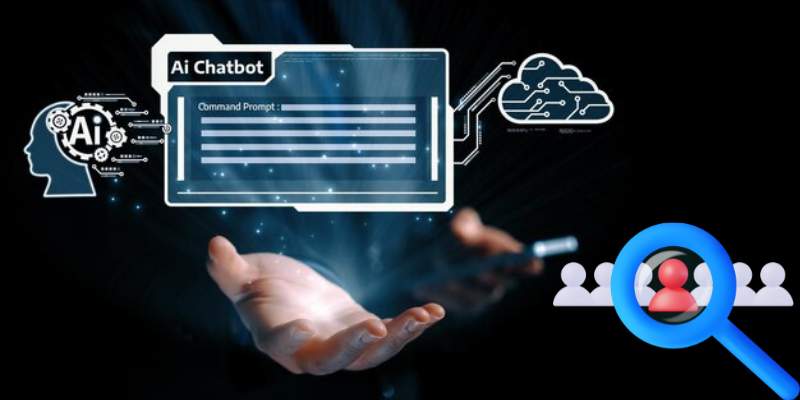The first time I heard someone rave about using an Unfiltered AI Prompt Generator, I’ll admit—I rolled my eyes. I thought, “Great, just another buzzword to slap on top of tech that’s already confusing enough.”
But after experimenting, I realized there is a difference. And it’s not just about the lack of rules; it’s about the whole experience of what you can create when the guardrails come off.
Where the Line Gets Blurry
Most mainstream AI tools are polished to the point of sterility. They’re clean, safe, predictable. You ask them for a story, they give you a Hallmark version of one.
Nothing risky, nothing uncomfortable. On the flip side, unfiltered models can feel like diving headfirst into someone else’s dream journal—messy, strange, a little dangerous, but undeniably alive.
Why People Crave “Unfiltered”
There’s a hunger for rawness in creativity. We don’t always want neatly packaged answers. Sometimes we want the jagged edges, the stuff that makes us laugh awkwardly or squirm a bit.
An unfiltered tool gives space for that. And let’s be honest: human creativity has never been about staying tidy.
The Double-Edged Sword
Here’s the kicker, though. Freedom doesn’t automatically equal wisdom. I’ve seen people misuse these generators—pushing them into darker territories without thinking about the impact.
Just because you can doesn’t always mean you should. That’s the tension: unfiltered means more space for honesty, but also more room for harm.
Emotional Fallout
I remember testing one of these models late at night. The stuff it generated felt… almost too real. There was a sting in some of the words, like it had tapped into insecurities I didn’t even name.
And while part of me admired that raw power, another part whispered, “Careful. This can cut both ways.” That moment stuck with me because it reminded me that creative tools aren’t neutral—they interact with the emotional state of whoever’s holding them.
Practical Differences
So, what sets these apart from regular tools?
- Less restriction: you’re not constantly bumping into “sorry, I can’t do that” messages.
- Greater variety: prompts spin into places you wouldn’t expect, because nothing’s filtered out.
- Riskier content: without the same safeguards, you need more self-awareness while exploring.
- Authenticity of tone: sometimes, the raw outputs feel more like talking to a flawed, opinionated person than a machine.
My Take
Personally, I think the appeal lies in honesty. A filtered AI tells you what you’re supposed to want. An unfiltered one tells you what might actually be lurking under the surface.
I’m not saying it’s better in every context—sometimes safe is good, especially if you’re at work or teaching kids. But if you’re chasing creativity, truth, or even catharsis, the rawness can be invaluable.
Closing Thoughts
What makes unfiltered AI prompt generators stand out isn’t just their ability to say what others won’t—it’s the responsibility they hand back to us. You become the filter.
That’s liberating, sure, but also a little scary. Maybe that’s the point. Because in creativity, as in life, the messy parts are often the most meaningful.

